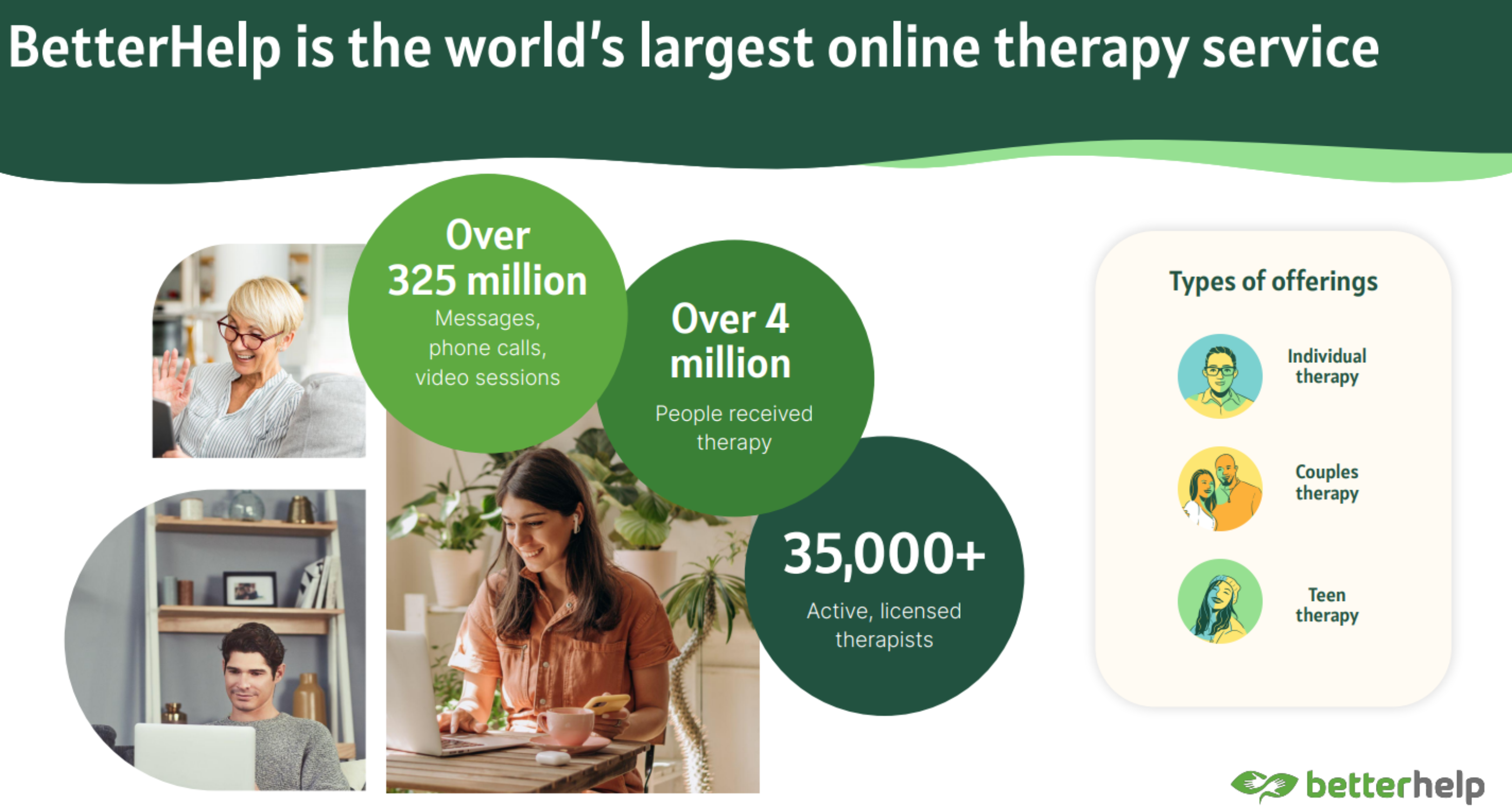How to Build Your Self-Confidence
Usually when we hear about low self-esteem or lack of self-confidence, we also hear that it is a problem. People are encouraged to work on themselves to feel more confident, and there are many situations in which this is important and useful. But there are some advantages to having a lack of self-confidence and ways to turn it into something that works for us.
Let’s start with what doesn’t work about low self-confidence. First, it is likely to generate more anxiety and negative emotions. People who feel insecure about themselves may worry more about their abilities and results or spend more time doubting their achievements. They may avoid taking risks and not take advantage of opportunities that could be good for them out of fear of failure or hold themselves back from reaching new heights. They find it difficult to “sell” themselves, their products, or their services.
These are all real problems that can limit a person’s growth. It makes sense to try to work on improving their self-confidence, pay more attention to their achievements, and develop a sense of their own true worth. However, this can take time, and many people struggle with self-doubt in various aspects of their lives for a long time. This self-doubt or low self-esteem, however, does not have to be so limiting, and can even become an asset.
But what are the good sides of self-doubt? First, it keeps a person grounded and can help them put more effort into preparing their work and presenting it. When someone becomes overconfident, they may unintentionally underperform or leave things to the last minute. Overconfidence can make a person take risks or take on responsibilities that they really can’t handle, while confidence can protect an individual from such situations.
A holistic approach to treatment brings comprehensive results
Self-doubt can be a powerful motivator to work harder and improve, to check the bottom line, and to be cautious. It can encourage a person to be more realistic about what they can achieve and that it takes more time to do it well. People with low self-confidence may continue to work on improving themselves and learning more rather than just deciding that they are good enough, which can have a significant impact on their abilities and knowledge in the long run.
The negative effects of a lack of self-confidence are mostly internal, but overconfidence can also hurt a person externally. It is useful to work on reducing the negative impact of self-doubt, while allowing yourself the opportunity to improve and perform well.
How can we address a lack of self-confidence? It is useful to note and celebrate achievements without putting ourselves down (e.g. “anyone could have done that” or “it’s no big deal”). Another useful tip is to avoid comparing ourselves to others and, if necessary, also acknowledge positive differences and strengths. We can work on being more compassionate towards ourselves and allowing ourselves to make mistakes or fail. Over time, this will help us feel more confident and take more risks.

Keywords: self-confidence, how to regain self-confidence, affirmations for self-confidence, Licensed therapist near me in Manhattan NYC, Affordable therapy services in New York State, Holistic psychotherapy sessions in NYC, Somatic Experiencing therapy for trauma recovery in New York City, NARM therapy in Brooklyn, Licensed couples therapy in Manhattan, Gestalt therapy near me in NYC, Marriage counseling in Queens NYC, Therapy for anxiety treatment in NYC, Experienced psychotherapist in New York, Licensed psychotherapist near me in NYC, Somatic Experiencing therapy sessions in New York, Trauma therapy and counseling in Manhattan, Gestalt therapy sessions in New York City, Therapy sessions for emotional regulation in New York, Trauma therapy near me in Brooklyn New York, Licensed mental health therapist in Manhattan NYC, Depression therapy in New York, New York City therapist experienced in PTSD treatment
*Photo: iStock
*Contact: Make an appointment
*For companies: Creative manager
Narcissism and depression – understanding the connection








